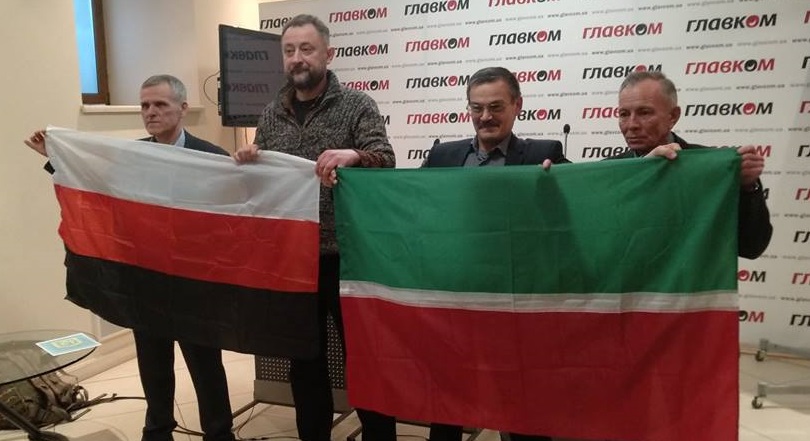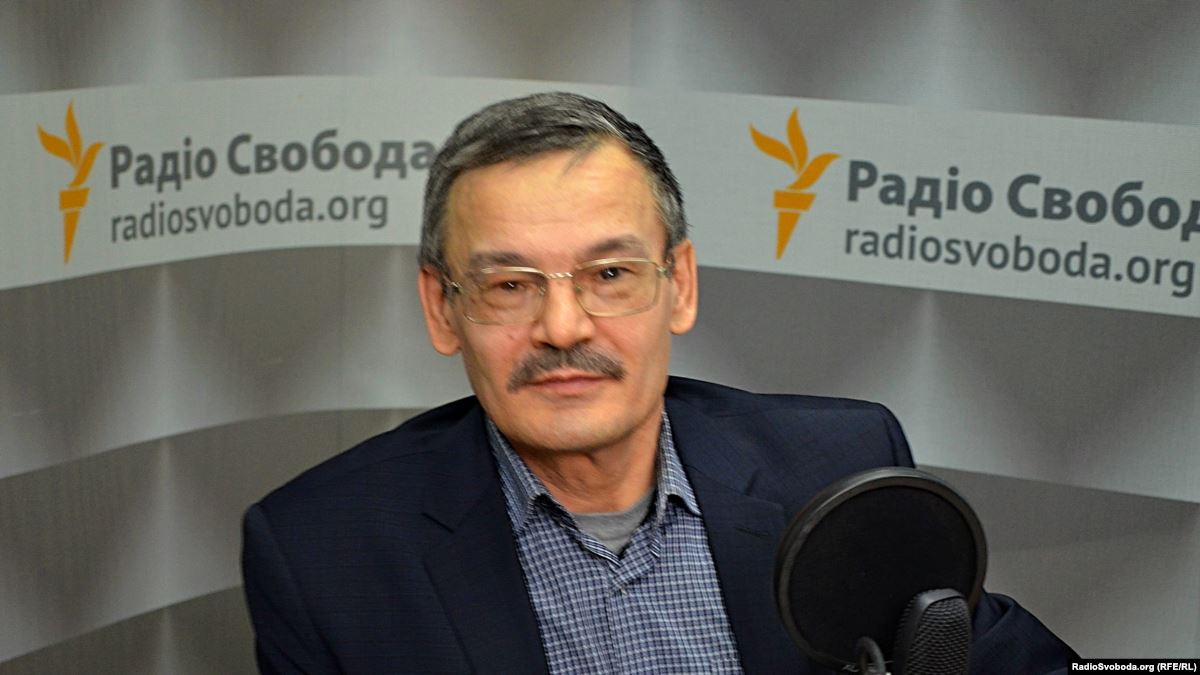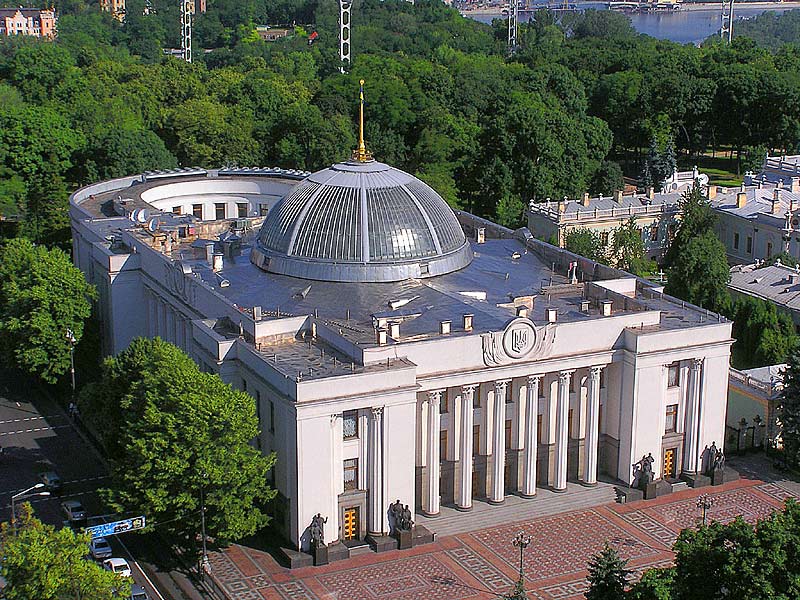According to the Tatar activist, the principles of the new Free Idel-Ural Movement are as follows: non-violent action within the limits of international law, the restoration of the sovereignty of the six republics, and the ultimately the formation of a confederation among them to control “not only their own resources but their foreign policy and defense.” A second leader of the new group, Aleksandr Bolkin, an Erzya Mordvin who lives in Ukraine, argued that Ukraine is the most natural and appropriate place for such a movement to be launched.“We never had conflicts and together we fought both against the Mongols and against Moscow forces.” Now, it is time to do so again.
And Okhomason Kirdya, a graduate of Voronezh University who is a specialist on the cultures, languages and history of the Finno-Ugric groups, pointed out that “this is the third attempt” to promote Idel-Ural. The first was a century ago, and the second after World War II when it was initiated by the Anti-Bolshevik Bloc of Nations. “I am convinced that the third attempt will be successful, Kirdya said. But it may take decades to achieve. Consequently, it needs both activists in the homeland and support from abroad, especially from Ukraine which can only defend itself if it finds allies within the borders of the Russian Federation among non-Russian nations. “Representatives of [the Ukrainian government] must be convinced that in the national autonomies of Russia there are whole sections in cemeteries where are buried those who fought in the Donbas against Ukraine. Without an alliance with Idel-Ural, the Caucasus, and the Komi and Karelian Republics,” we will always be attacked by Moscow “regardless of its ideology.” How far this group gets is very much an open question, but it is certain to attract the attention of Moscow for three reasons:Not only does Ukraine have experience with social mobilization, but it is actively involved in fighting Russian aggression.
- First, Russian propaganda has always viewed the whole idea of Idel-Ural as linked to the Nazis because of German efforts to form units of people from the Middle Volga to fight against the Soviets during World War II.
- Second, Moscow officials are always nervous about any efforts by non-Russians within the Russian Federation to cooperate, something that the center always views as an immediate threat even if it is only a long term one, especially if it involves links with a former Soviet republic like Ukraine.
- And third and most significantly perhaps, Moscow will blame this on the United States. Since 1959, the US Captive Nations Week has listed Idel-Ural as one of the nations still held captive by Moscow. Indeed, for most of the intervening period, that has been the only time when the term appears.
Read More:
- Left-wing radicals in Urals see Russia on verge of a revolution like 1991
- By 2050, eight Russian regions will be submerged under water, Urals researchers say
- US, Ukraine said behind efforts to split Russia by reviving Urals Republic
- ‘If a bourgeois revolution is to start in Russia, it will begin with Tatarstan,’ Kazan historian says
- Non-Russian nations of Russia to defend themselves from Putin because their elites won’t





